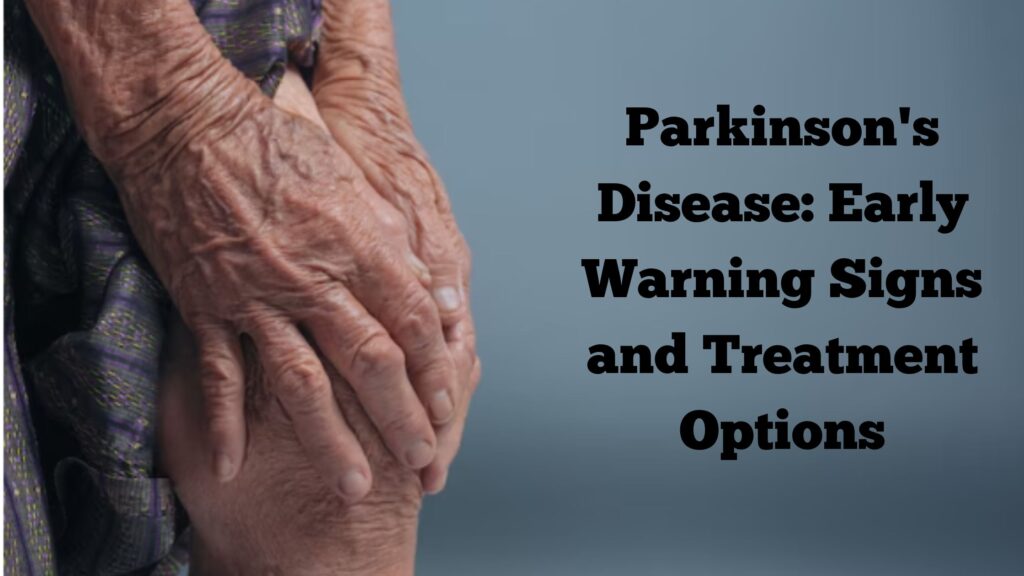Parkinson’s Disease (PD) is a progressive neurological disorder that affects the movement of the body. It is characterized by the gradual loss of dopamine-producing brain cells, which results in tremors, stiffness, and difficulty with balance and coordination. PD is one of the most common neurological disorders in the world, affecting millions of people worldwide. The disease is not curable, but early detection and treatment can help manage the symptoms and improve the quality of life for people with PD.
Early Warning Signs of Parkinson’s Disease:
PD affects everyone differently, and the symptoms may vary from person to person. The early signs of PD may be subtle and may go unnoticed for a long time. However, if you notice any of the following symptoms, it is important to consult a doctor to rule out the possibility of PD.
- Tremors
One of the most common symptoms of PD is tremors or shaking of the hands, arms, legs, jaw, or head. The tremors usually occur when the body is at rest and may reduce or disappear when the person moves the affected limb.
- Stiffness
PD can cause stiffness in the muscles, making it difficult to move. People with PD may find it difficult to get out of bed, stand up from a chair, or turn around.
- Slow Movement
PD can also slow down the movements of the body. People with PD may take longer to complete simple tasks, such as getting dressed or eating.
- Postural Instability
PD can cause balance problems, making it difficult to maintain a steady posture. People with PD may have a tendency to lean forward, which can increase the risk of falls.
- Reduced Sense of Smell
PD can affect the sense of smell, and people with PD may have difficulty identifying certain odors.
- Sleep Disorders
PD can cause sleep disorders, such as insomnia and restless leg syndrome. People with PD may also experience vivid dreams or nightmares.
Treatment Options for Parkinson’s Disease:
While there is no cure for PD, there are several treatment options available to manage the symptoms and improve the quality of life for people with PD. The treatment plan may vary depending on the severity of the symptoms and the stage of the disease. The following are some of the treatment options available for PD.
Medications:
Several medications are available to manage the symptoms of PD. The most common medication used to treat PD is Levodopa, which helps replenish the dopamine levels in the brain. Other medications, such as dopamine agonists, MAO-B inhibitors, and COMT inhibitors, may also be prescribed.
Deep Brain Stimulation:
Deep brain stimulation (DBS) is a surgical procedure that involves implanting electrodes in the brain to stimulate certain areas that control movement. The procedure can help reduce the symptoms of PD, such as tremors, stiffness, and slowness of movement.
Physical Therapy:
Physical therapy can help improve mobility, flexibility, and balance for people with PD. Exercises that focus on strengthening the muscles and improving range of motion can be particularly helpful.
Occupational Therapy:
Occupational therapy can help people with PD learn how to perform daily tasks, such as dressing and eating, more easily. The therapist can also suggest modifications to the home environment to improve safety and accessibility.
Speech Therapy:
PD can affect the muscles in the throat and mouth, making it difficult to speak clearly. Speech therapy can help people with PD improve their communication skills and enhance their ability to swallow.
Exercise:
Regular exercise can help improve mobility and reduce stiffness for people with PD. Low-impact exercises, such as walking, swimming, and yoga

